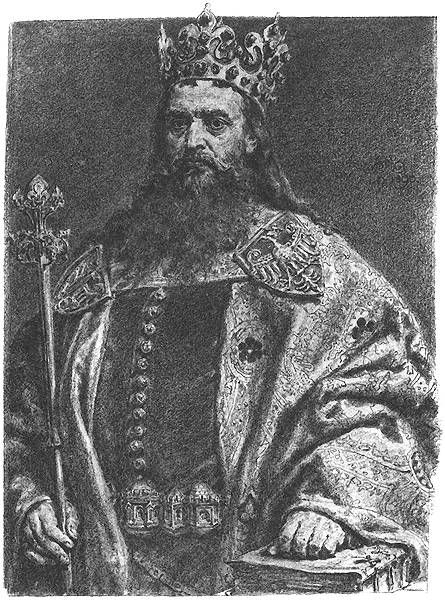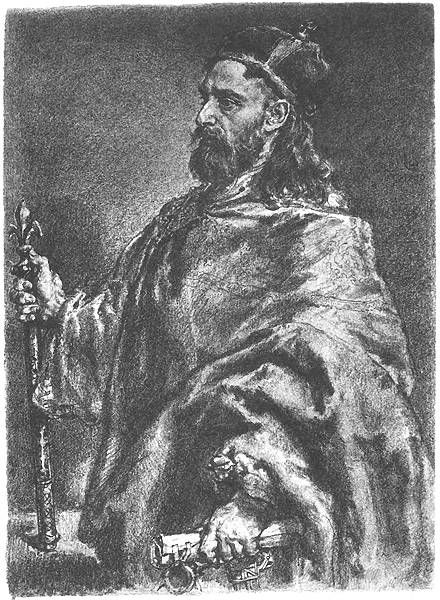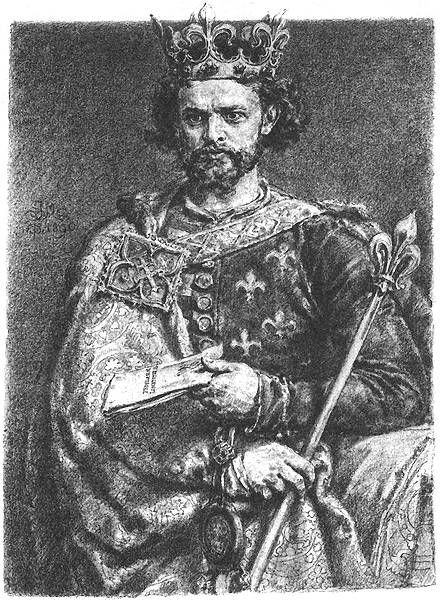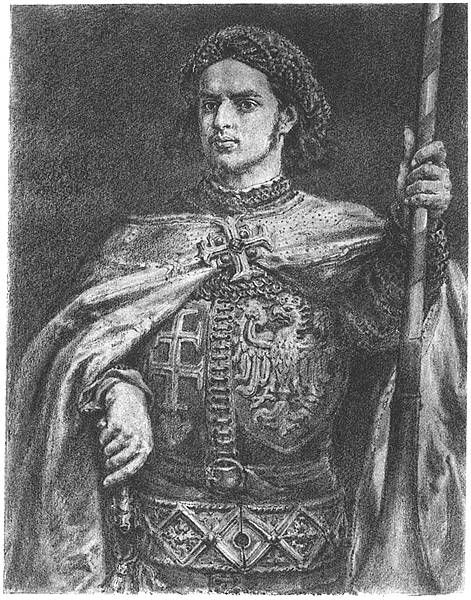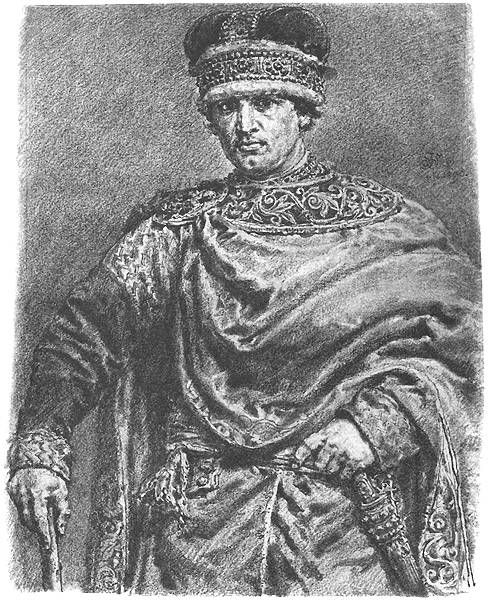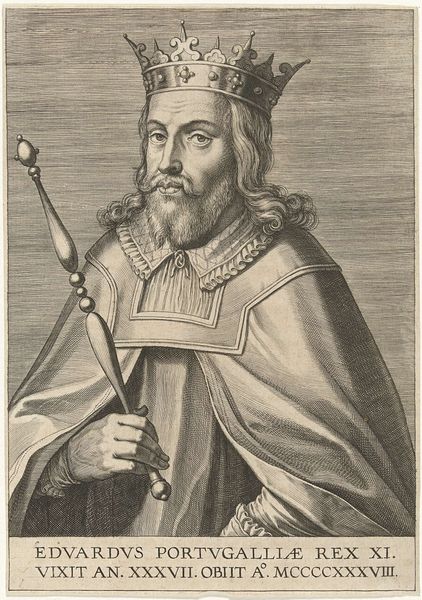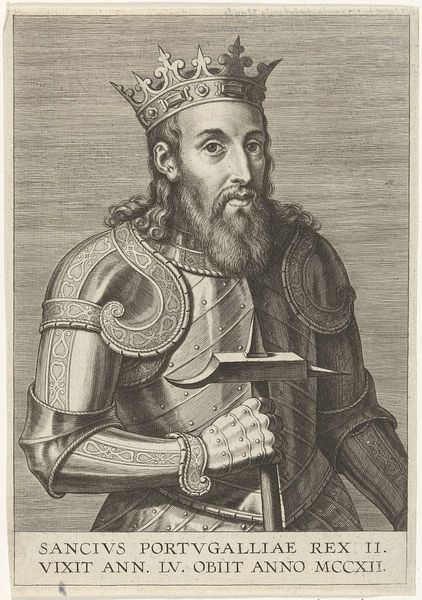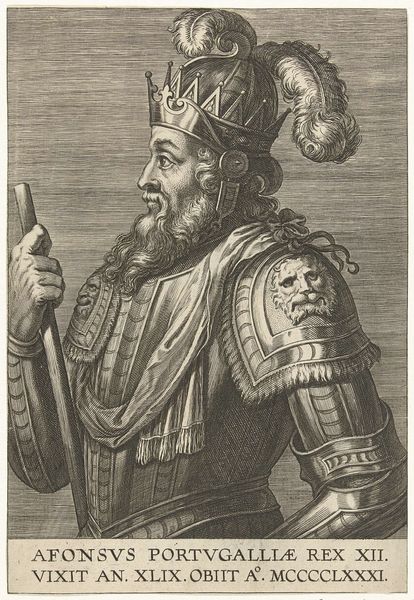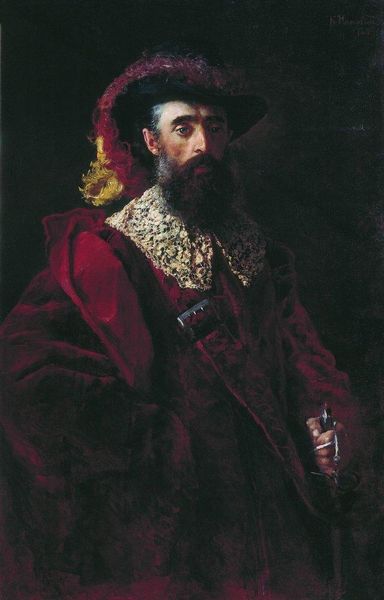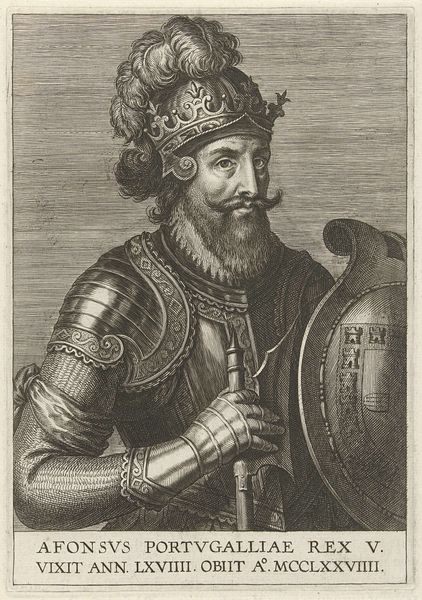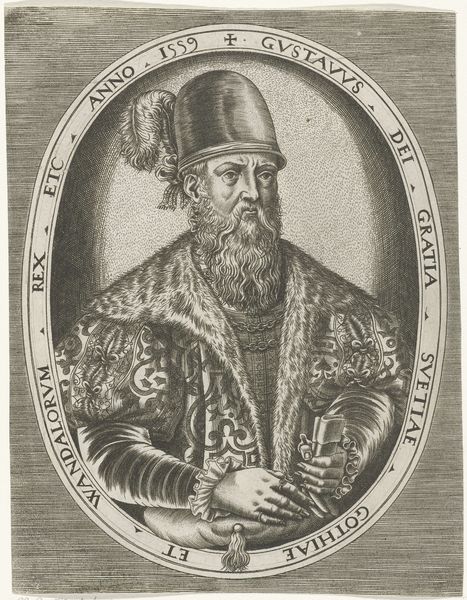
drawing, pencil, charcoal
#
portrait
#
drawing
#
narrative-art
#
pencil sketch
#
charcoal drawing
#
figuration
#
pencil drawing
#
romanticism
#
pencil
#
charcoal
#
academic-art
Copyright: Public domain
Editor: Here we have Jan Matejko's drawing of "Mieszko," likely created in pencil and charcoal. There's a real intensity in his gaze and in the strong, dark lines. How would you interpret this work? Curator: The key, I think, lies in considering Matejko’s production methods within his historical context. The work seems concerned with establishing a national Polish identity. He used readily available materials like pencil and charcoal to create multiple versions. What does this imply about the role of reproducibility? Editor: So, it's about making this image of Polish leadership more accessible, maybe? The materials allowed for easier duplication and dissemination? Curator: Precisely! Think about it: drawings are easier to reproduce than large-scale oil paintings. Also, note the careful depiction of his attire, like the ornate cross around his neck. This isn't just about aesthetic representation, but about carefully constructing the historical figure using symbolic materials. Where did Matejko source the design and historical information? Editor: It makes me wonder about the source of these references... Were these accessible to everyday people, or carefully curated representations meant to shape public perception? Curator: Excellent point. Think of how the means of production—simple drawing tools, readily available paper—impact the artwork’s reach and influence. It challenges ideas of high art accessible only to the elite. The materials themselves democratize the image of Polish history. Editor: It’s fascinating to think about the power of accessible materials in constructing and disseminating national identity. Thanks, that gives me a lot to think about! Curator: Indeed, analyzing the tangible—the material—unlocks potent ideas about society and culture.
Comments
No comments
Be the first to comment and join the conversation on the ultimate creative platform.
